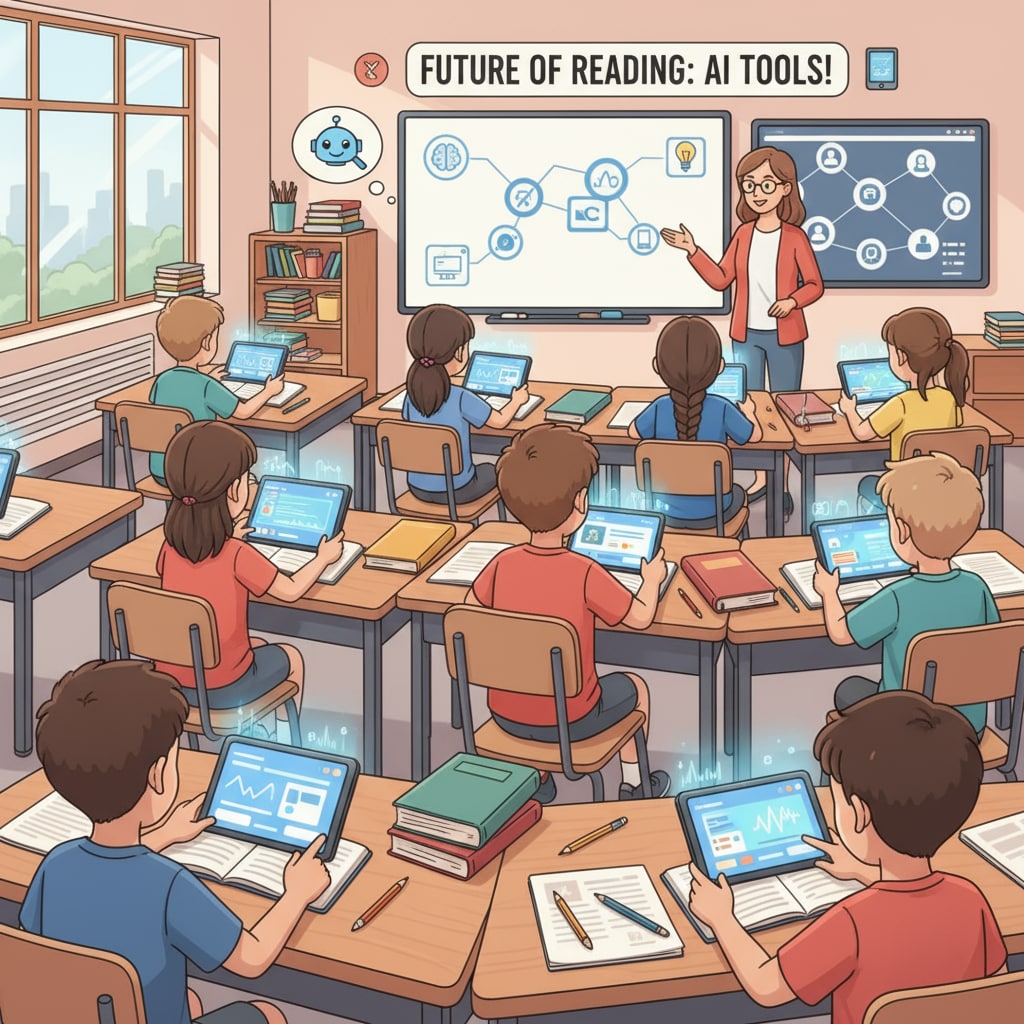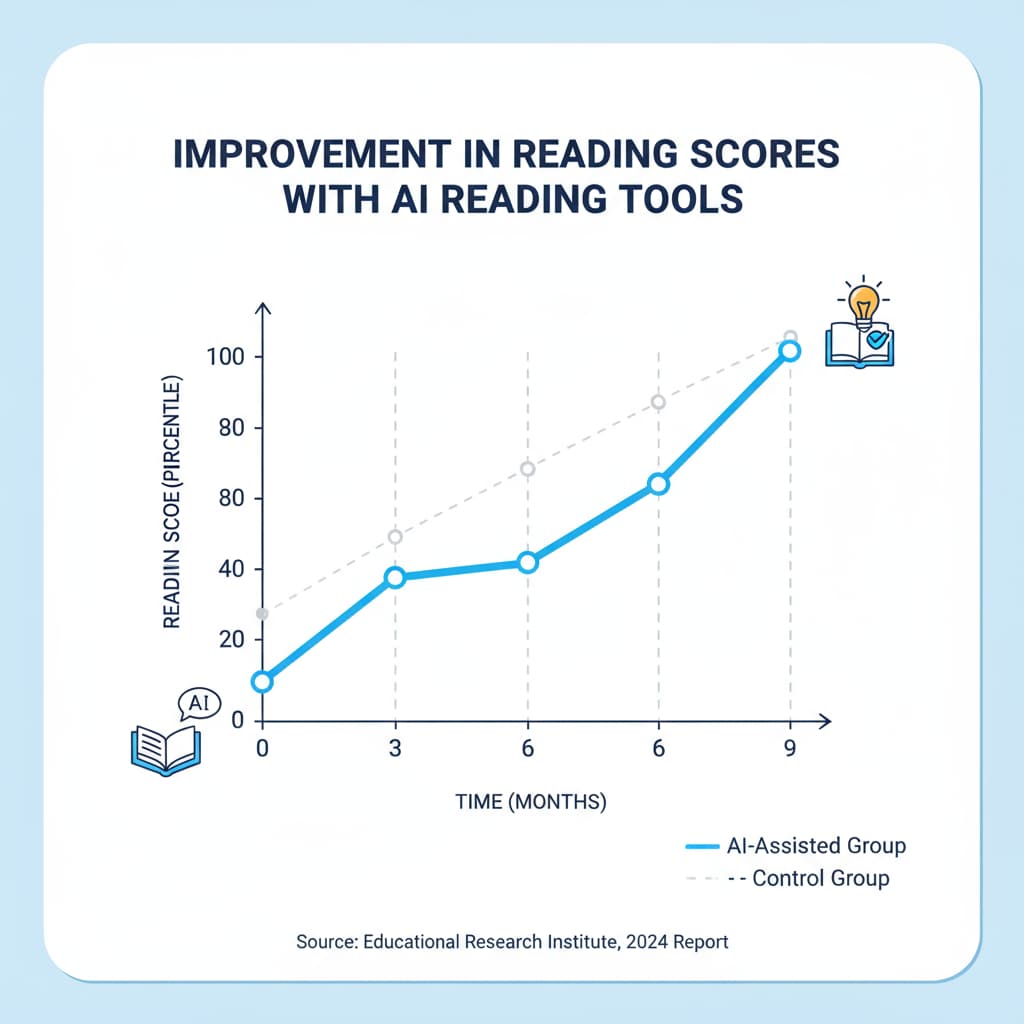AI tools, readable materials, and educational applications are at the forefront of transforming traditional reading teaching in K12 education. The advent of AI has introduced innovative ways to create and deliver reading materials, offering new possibilities for students’ learning experiences.

As technology continues to evolve, it’s crucial to examine both the benefits and potential drawbacks of these AI-created readable materials tools.
The Value of AI Reading Tools in K12 Education
One significant advantage of AI reading tools is personalized learning. These tools can analyze students’ reading levels, interests, and learning styles. For example, an AI reading app might recommend books based on a student’s vocabulary proficiency and genre preferences. This personalized approach helps students engage more deeply with reading materials, as they are more likely to be interested in what they are reading. According to Educational Technology on Britannica, personalized learning experiences can enhance students’ understanding and retention of knowledge.

In addition, AI can create a vast library of diverse and updated reading materials. With the ability to generate content quickly, these tools can provide fresh and relevant reading materials for students. This is especially beneficial in keeping students informed about current events and various fields of study.
The Potential Concerns of AI Reading Tools
However, there are also concerns associated with AI reading tools. One major worry is the quality and accuracy of the content. While AI can generate text rapidly, it may not always produce error-free or factually correct materials. Students could be misled by inaccurate information, which can have a negative impact on their learning. As noted on Artificial Intelligence in Education on Wikipedia, ensuring the reliability of AI-generated content is a key challenge.
Another concern is the potential for students to become overly reliant on AI tools. If students become too dependent on these tools for reading comprehension and analysis, they may not develop critical thinking and independent reading skills. This could hinder their long-term academic and intellectual growth.
In conclusion, AI reading tools offer exciting opportunities for K12 education in terms of personalized learning and access to diverse reading materials. However, educators must be vigilant about the quality of content and prevent students from becoming overly reliant on these tools. By carefully managing the use of AI tools for creating readable materials, we can harness their potential while minimizing the associated risks, ultimately enhancing the reading education experience for K12 students.
Readability guidance: The article uses short paragraphs to convey ideas clearly. Lists are not always necessary but when used, they present key points effectively. The proportion of passive语态 is kept low, and transition words like “however”, “in addition”, and “for example” are used to connect ideas smoothly. Each H2 section focuses on a distinct aspect of AI reading tools in K12 education.


